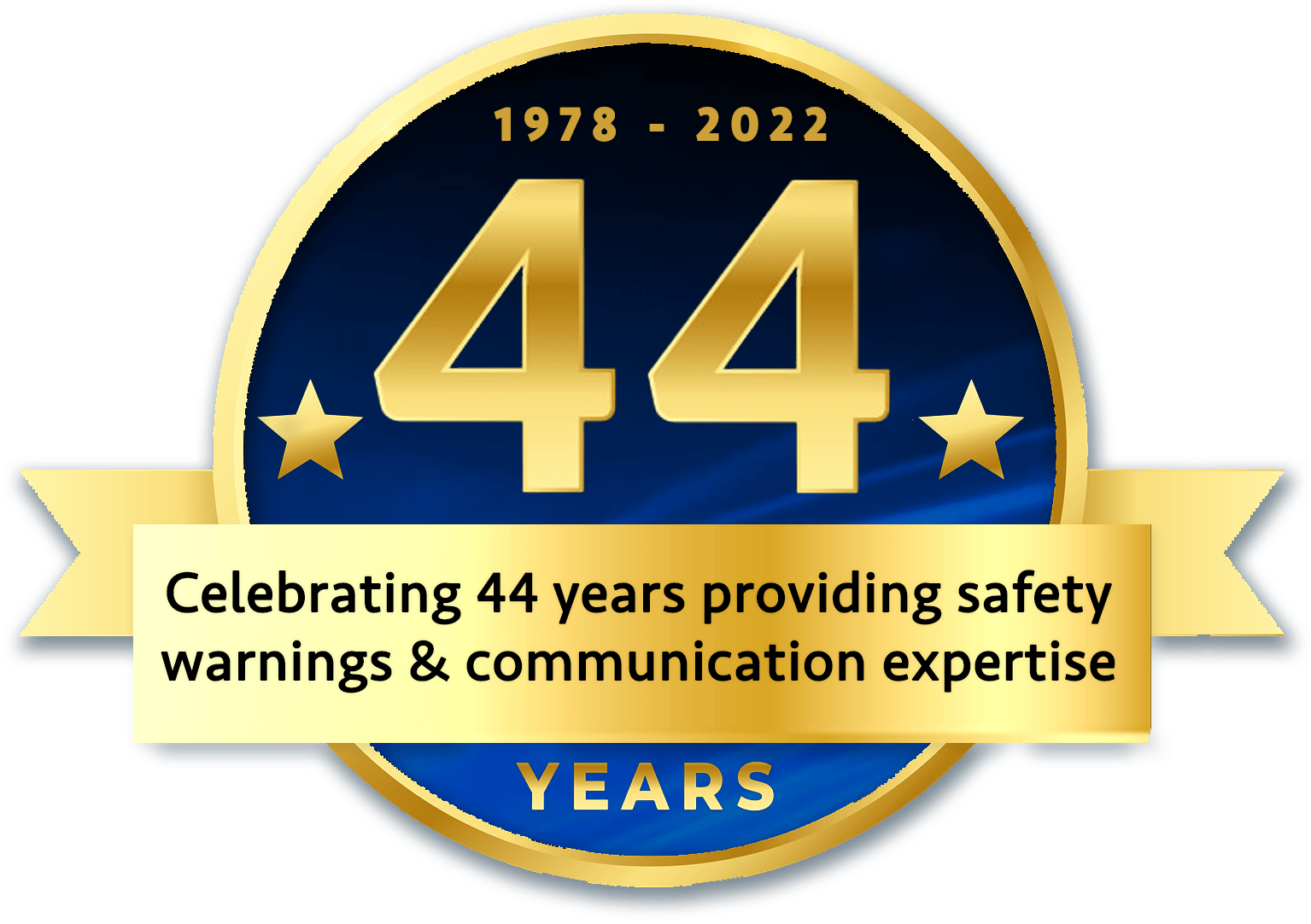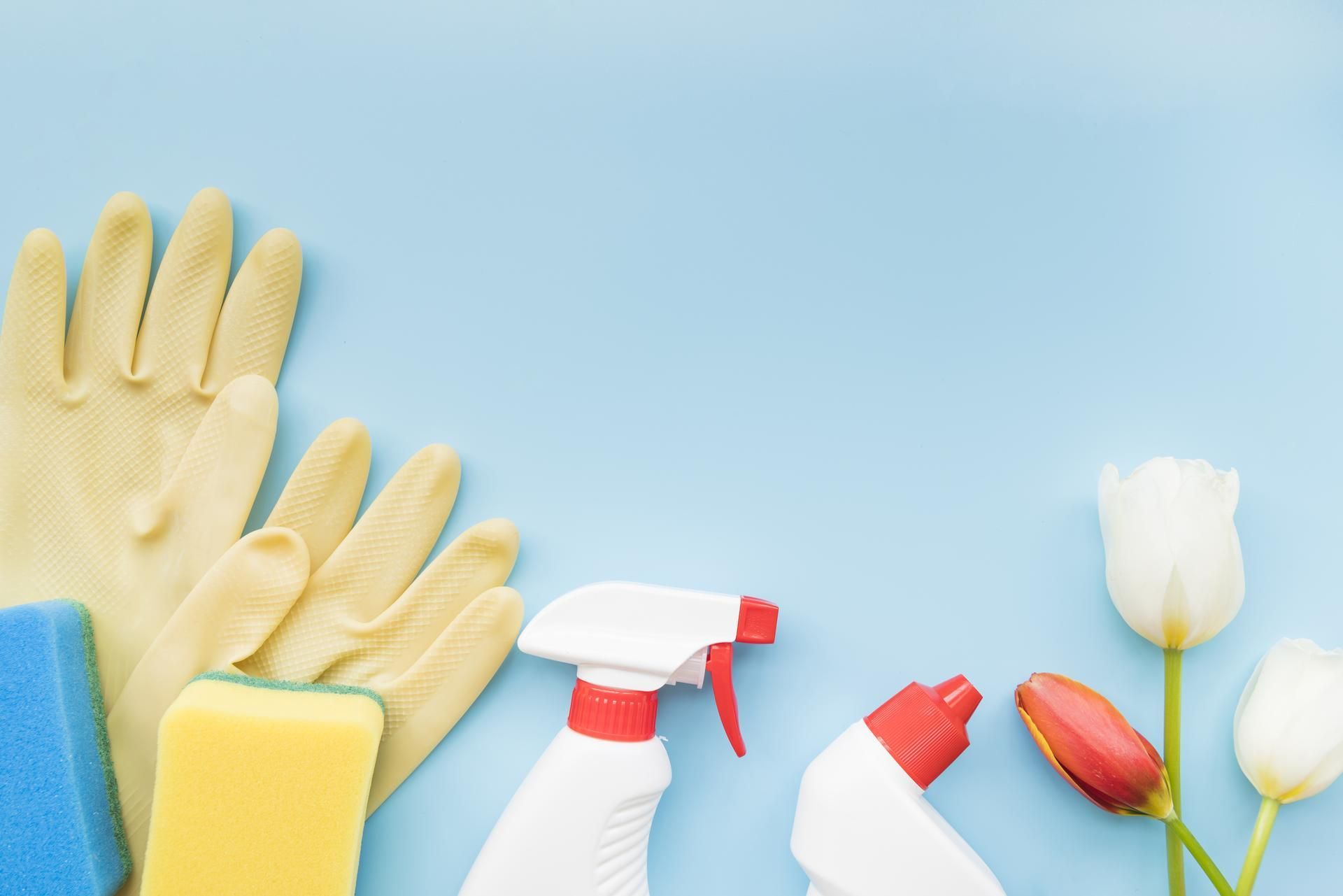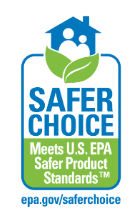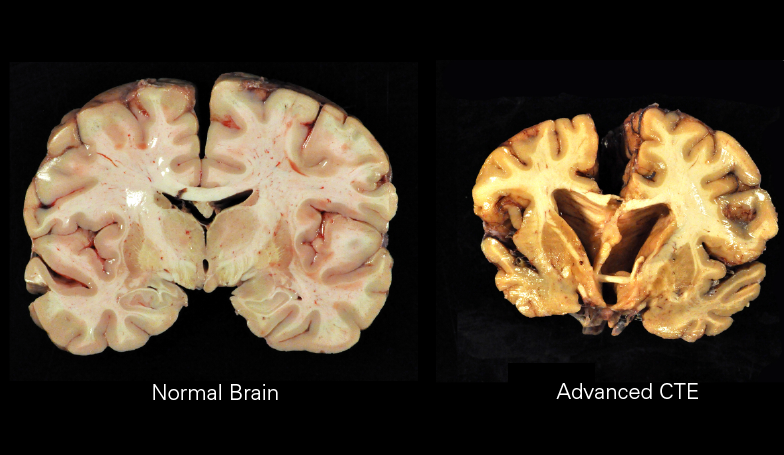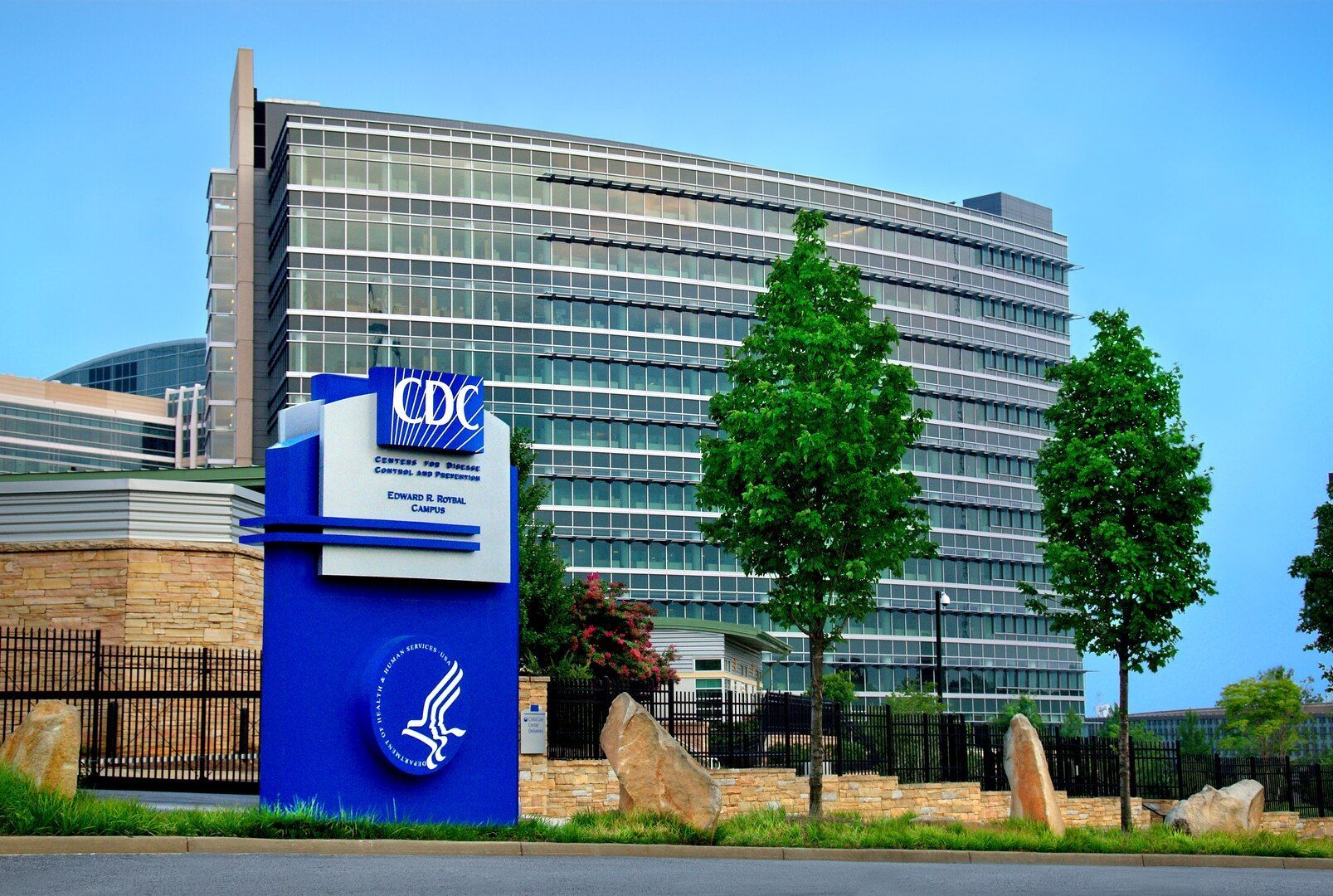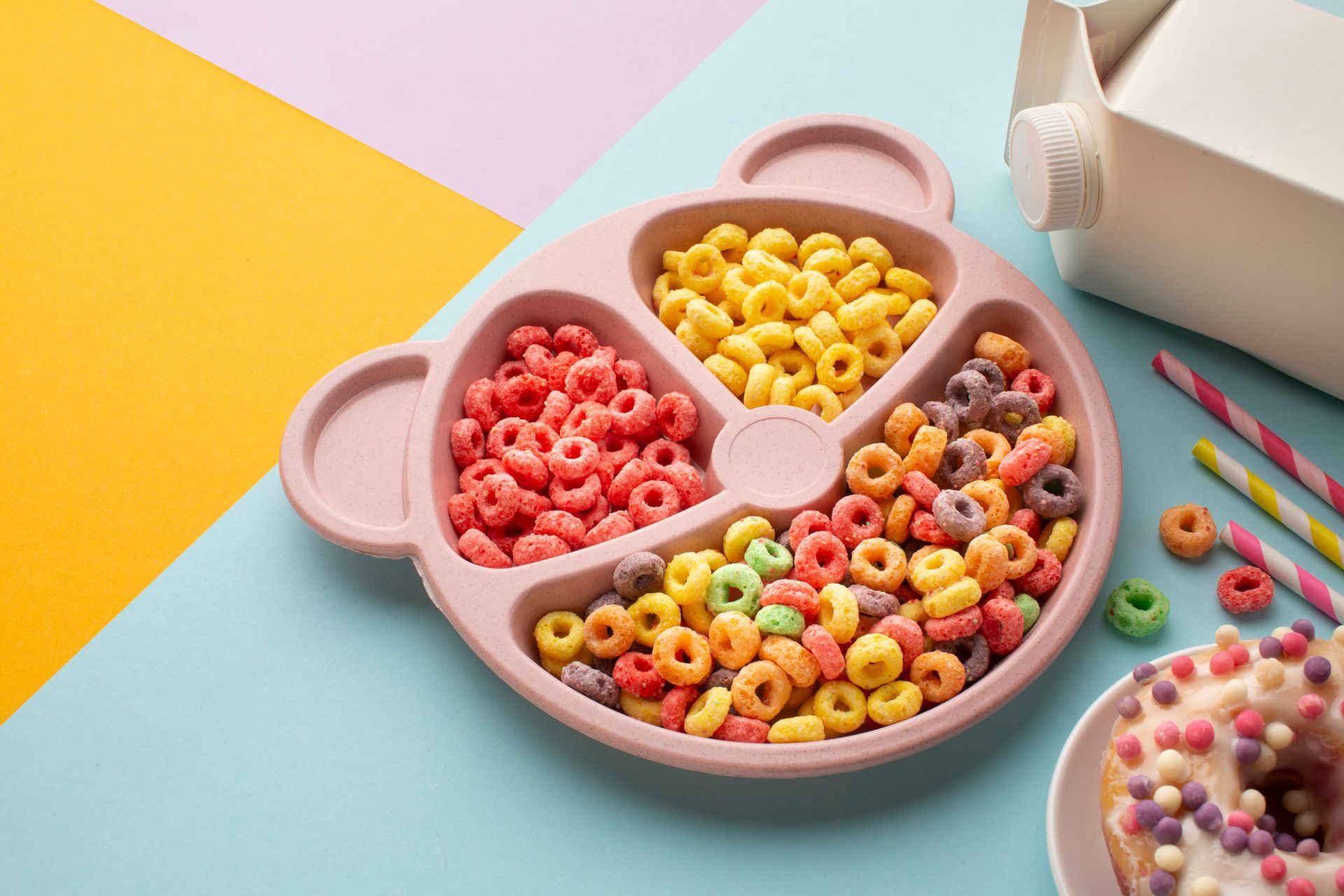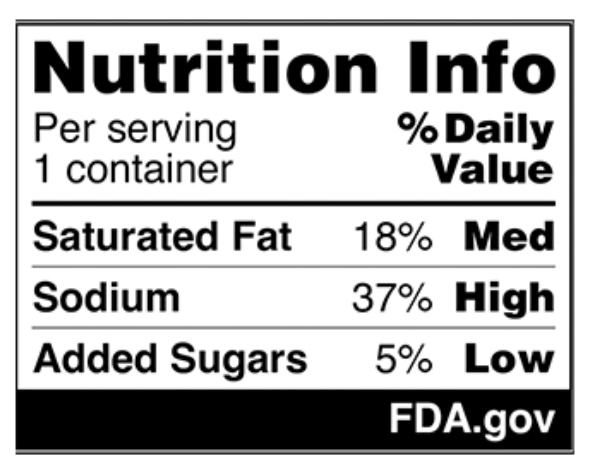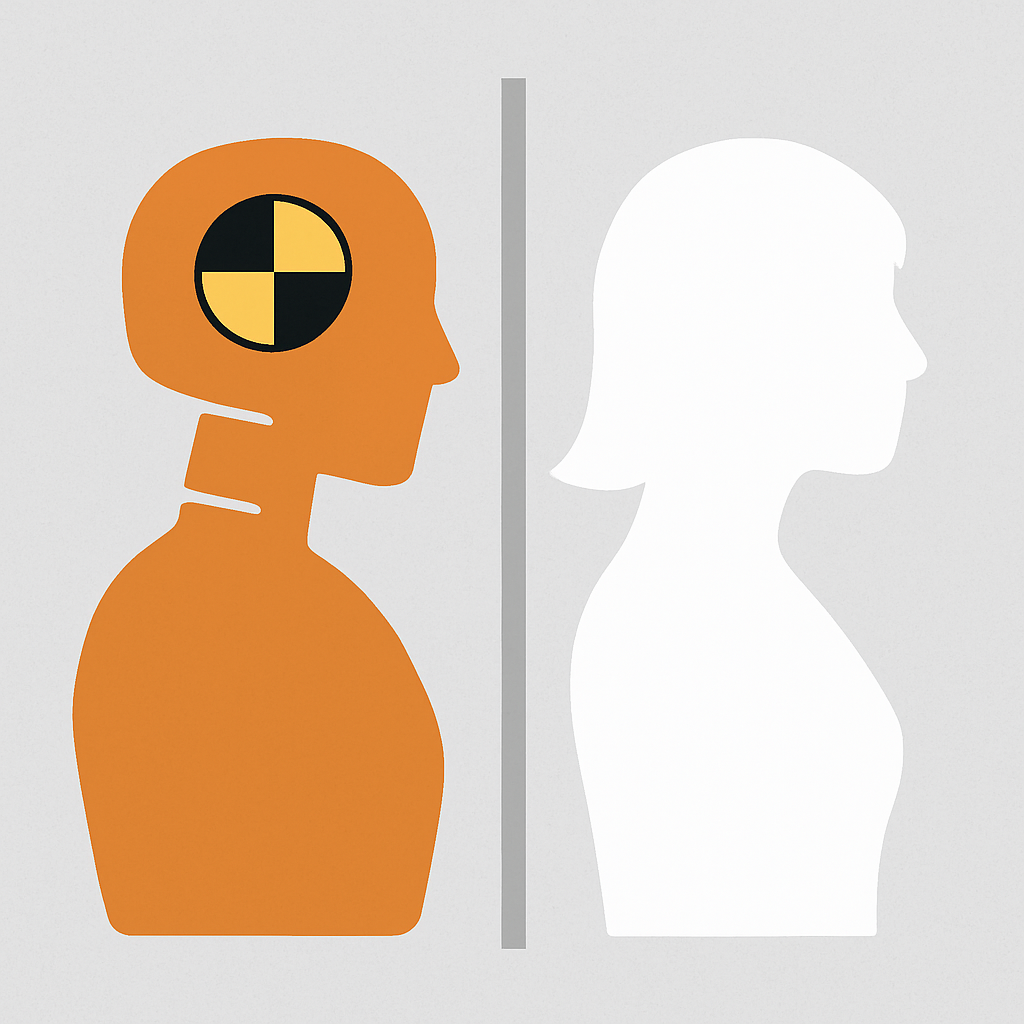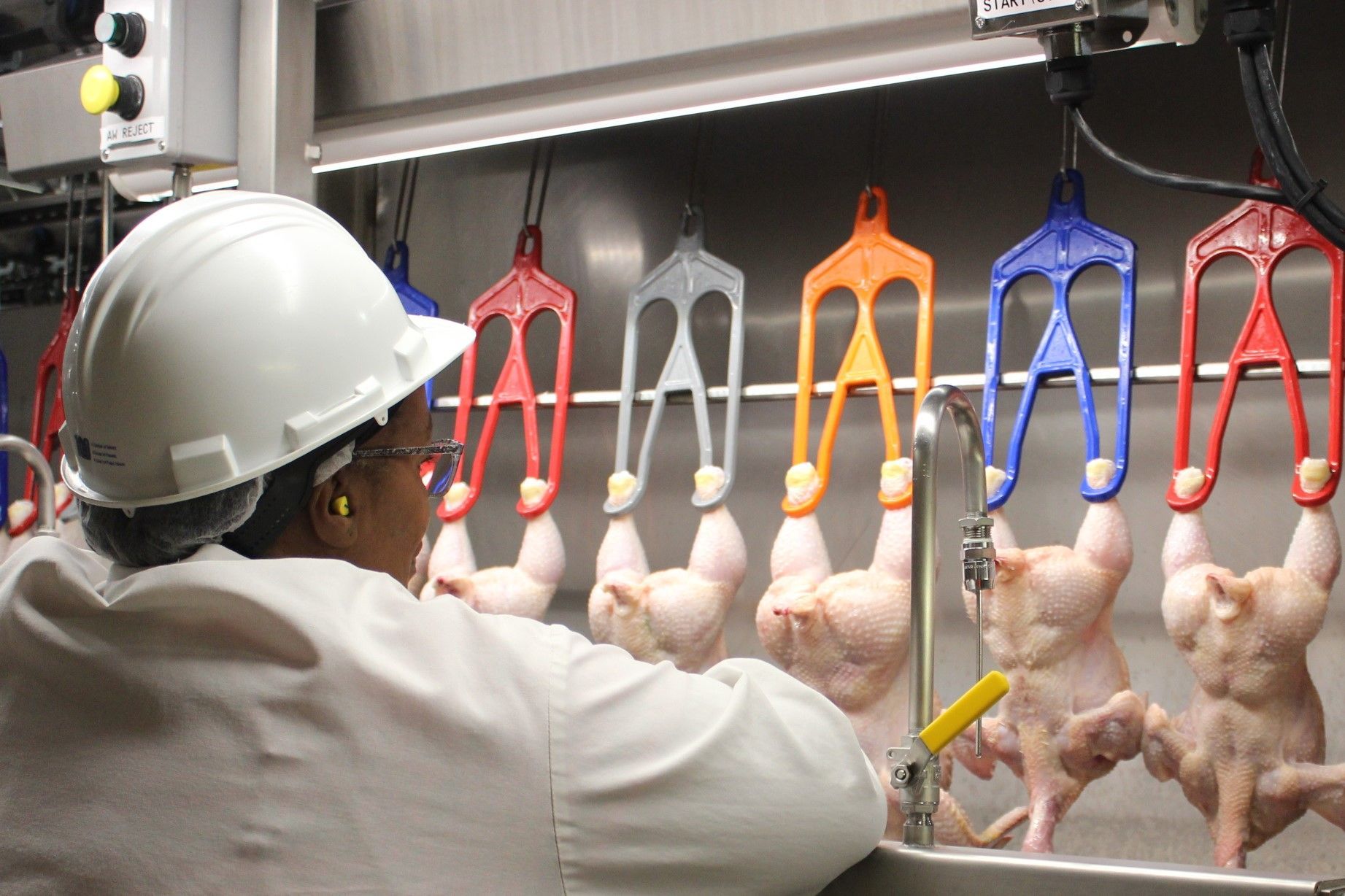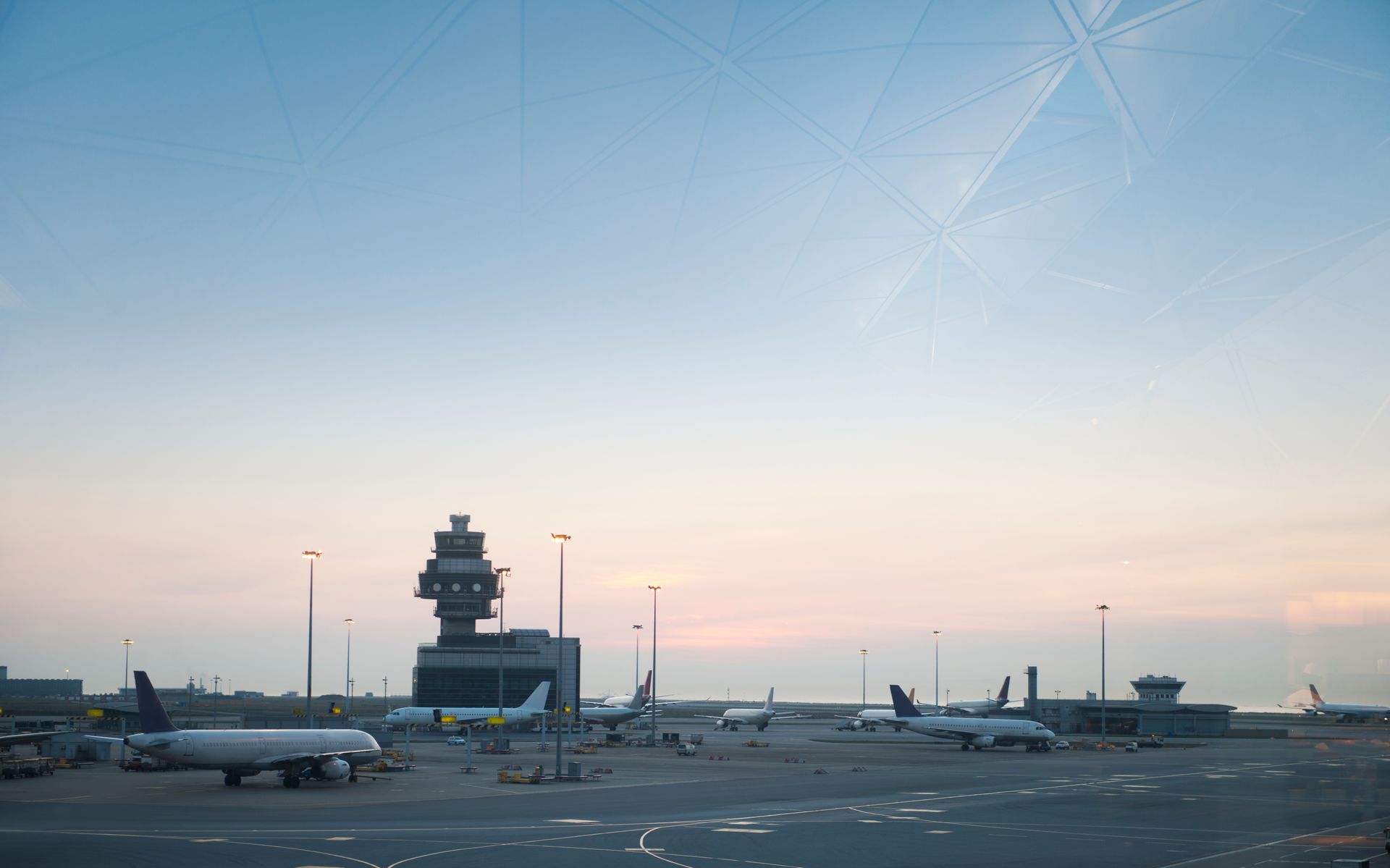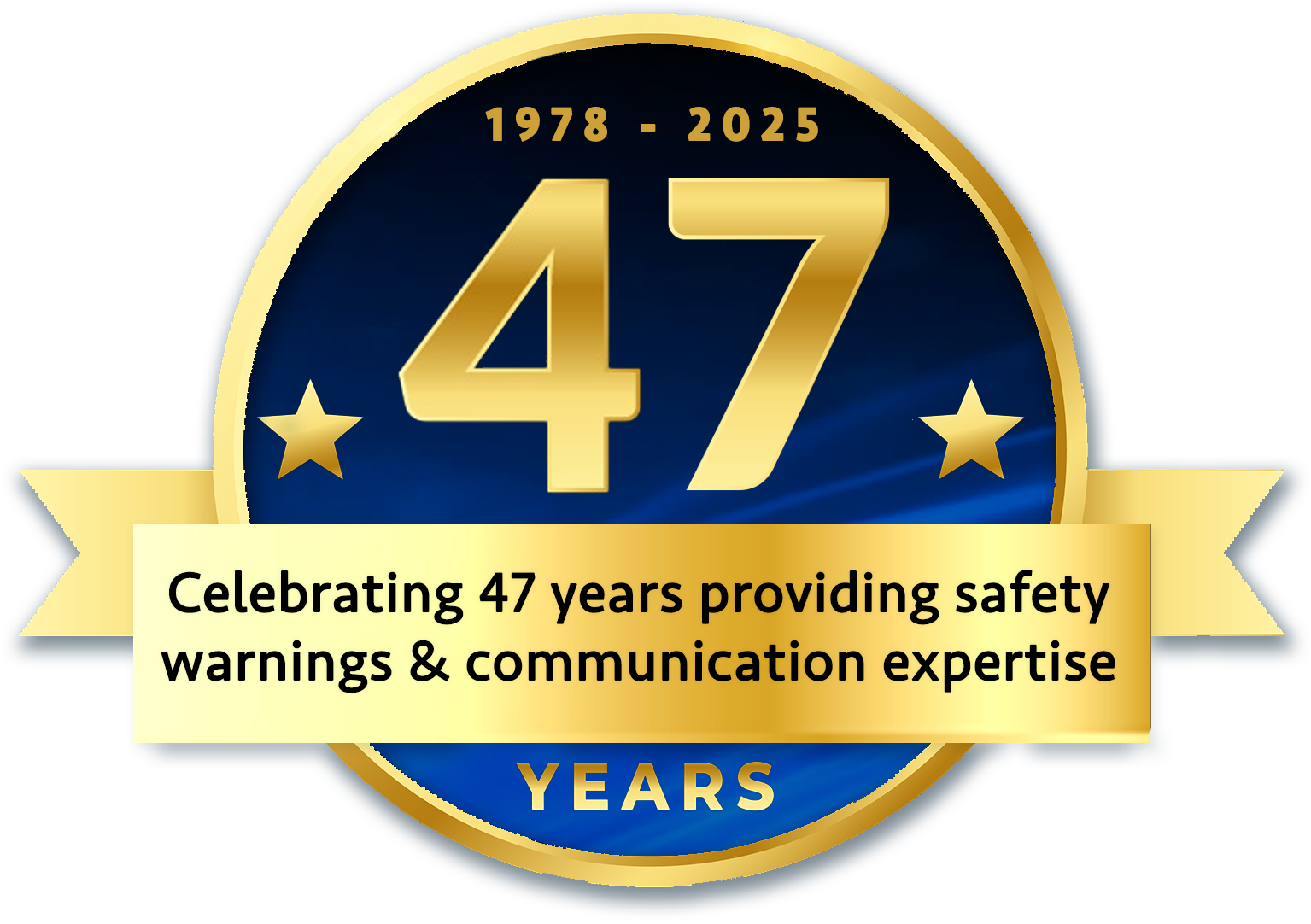Safer Choice Label
What does the Safer Choice label mean?
Participation in the Safer Choice program is voluntary. Companies who make products carrying the Safer Choice label have invested heavily in research and reformulation to ensure that their products meet the Safer Choice Standard. These companies are leaders in safer products and sustainability.
Products have to pass the EPA's stringent criteria in order to earn the Safer Choice label. The Safer Choice program reviews more than just product ingredients. The EPA also looks at product performance, pH, packaging and more to ensure that products with the label are safer for you and your family. Once a product meets the Safer Choice Standard, EPA conducts annual audits to ensure their standards continue to be met.
Every ingredient is reviewed: Before a product can carry the Safer Choice label, EPA reviews all chemical ingredients, regardless of their percentage in the product. Every ingredient must meet strict safety criteria for both human health and the environment, including carcinogenicity, reproductive/developmental toxicity, toxicity to aquatic life, and persistence in the environment. This means that Safer Choice-labeled products are safer for:
➤You, your family, and pets;
➤Workers' health; and
➤Fish and the environment.
As the Warnings Doctor, my recommendation is as clear as the glasses and windows you hope to produce during your Spring cleaning adventures: Just as Dorothy "followed the yellow brick road" in the Wizard of Oz, so should you follow the EPA's Safer Choice Label for a spring cleaning filled with a "fragrance wafting through the air" minus the "forbidden fruit" and dangers emanating from unsafe cleaning products.
